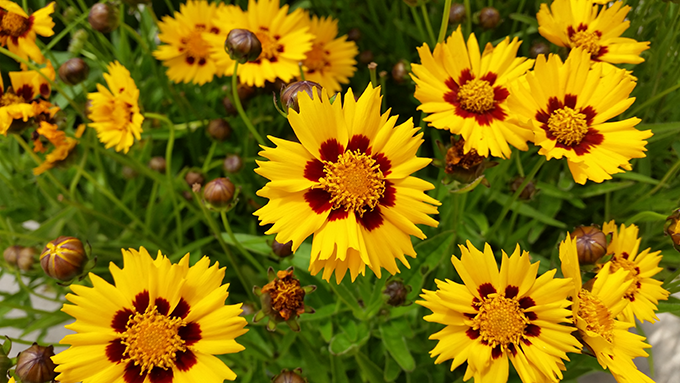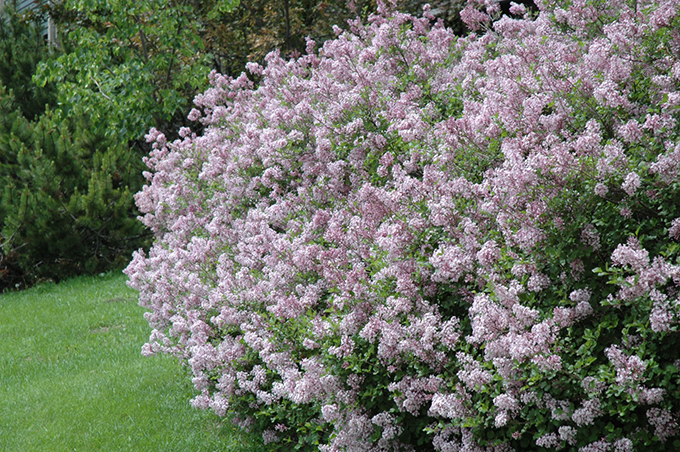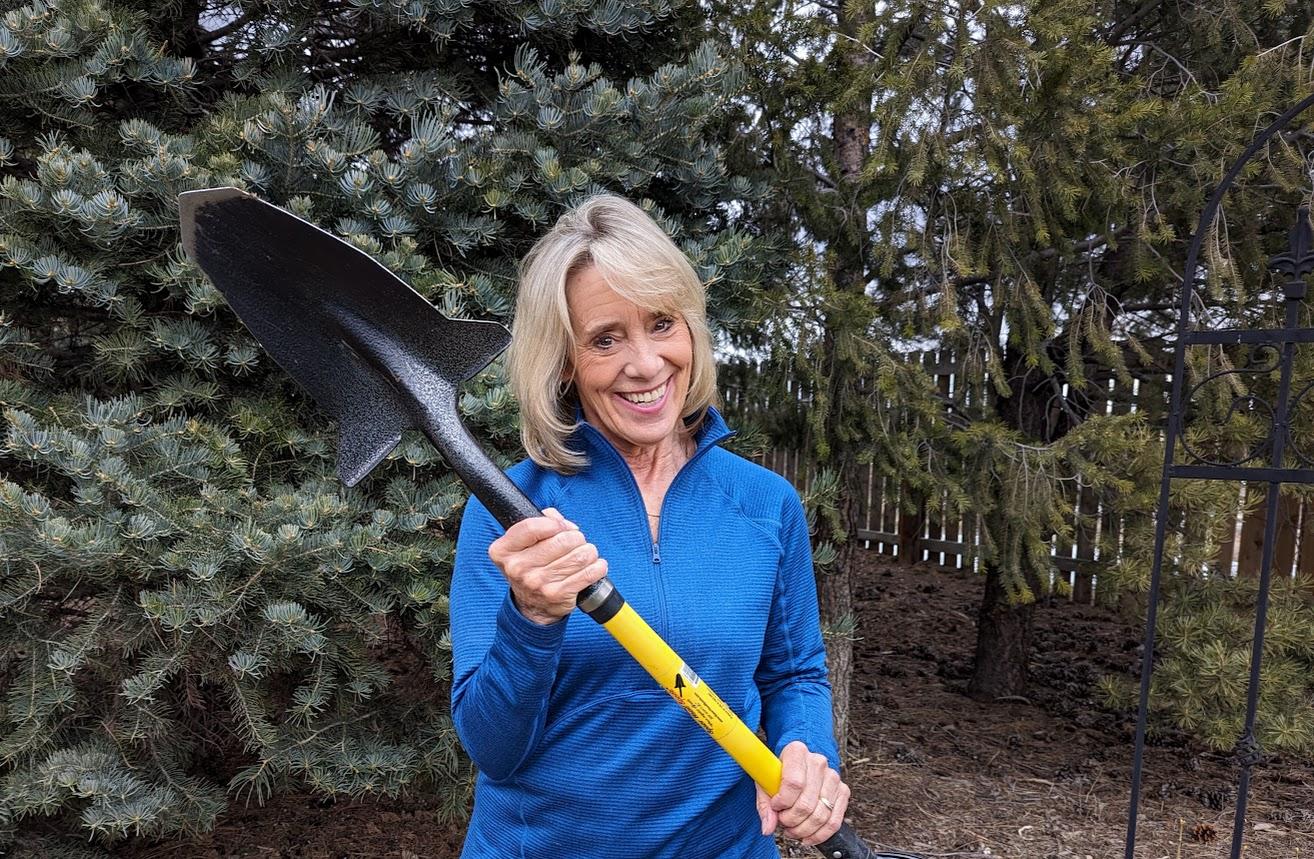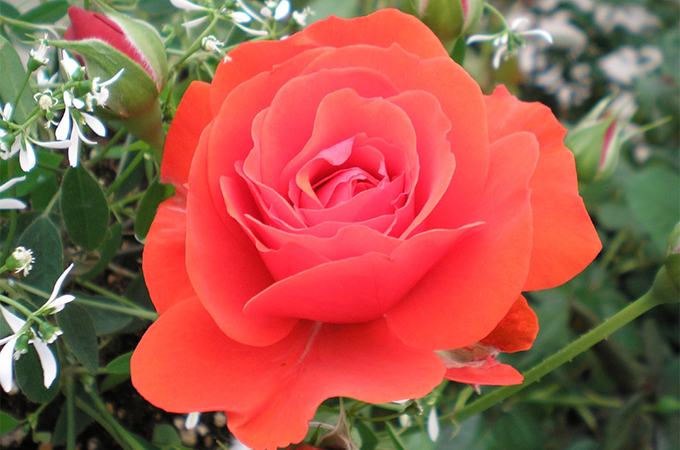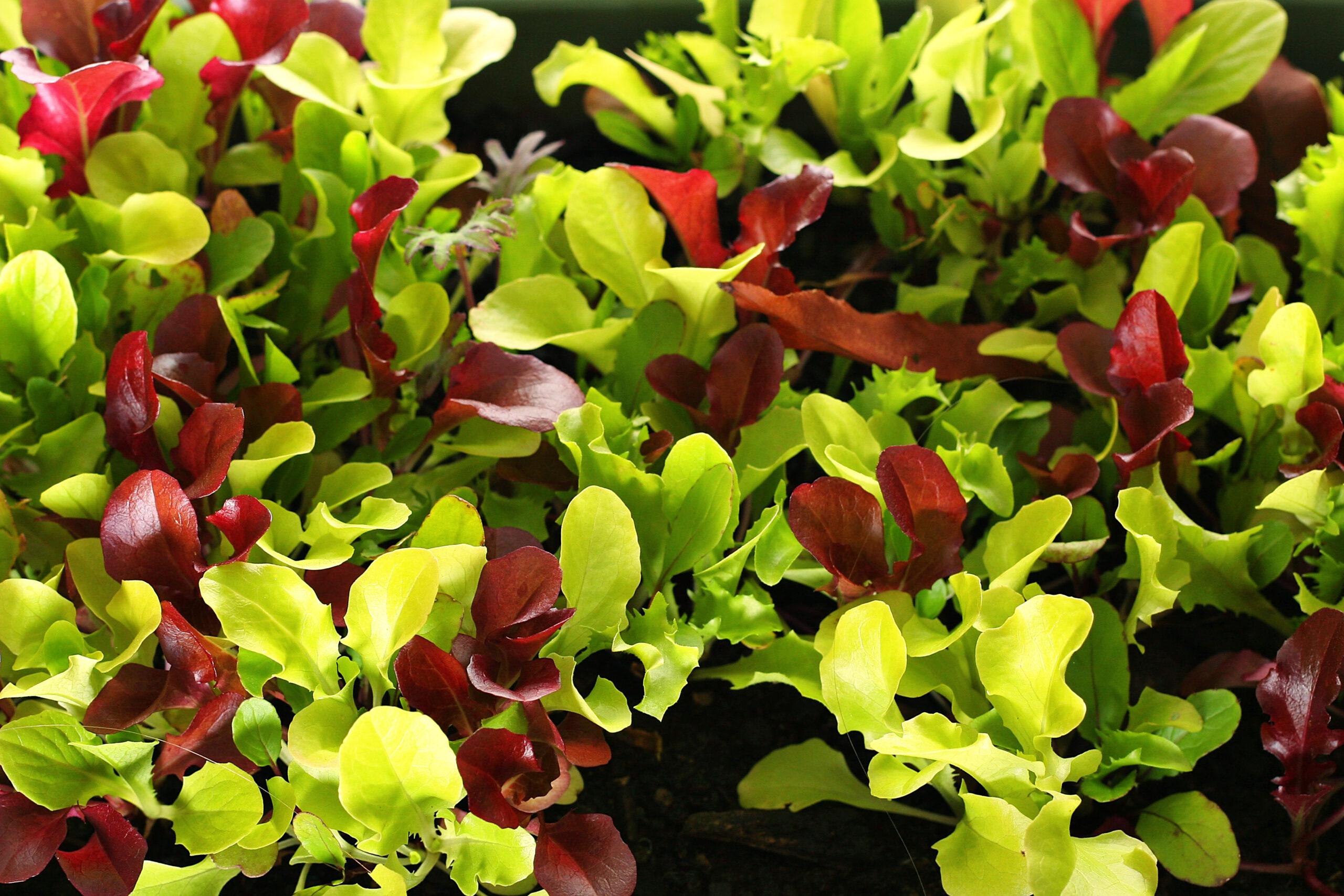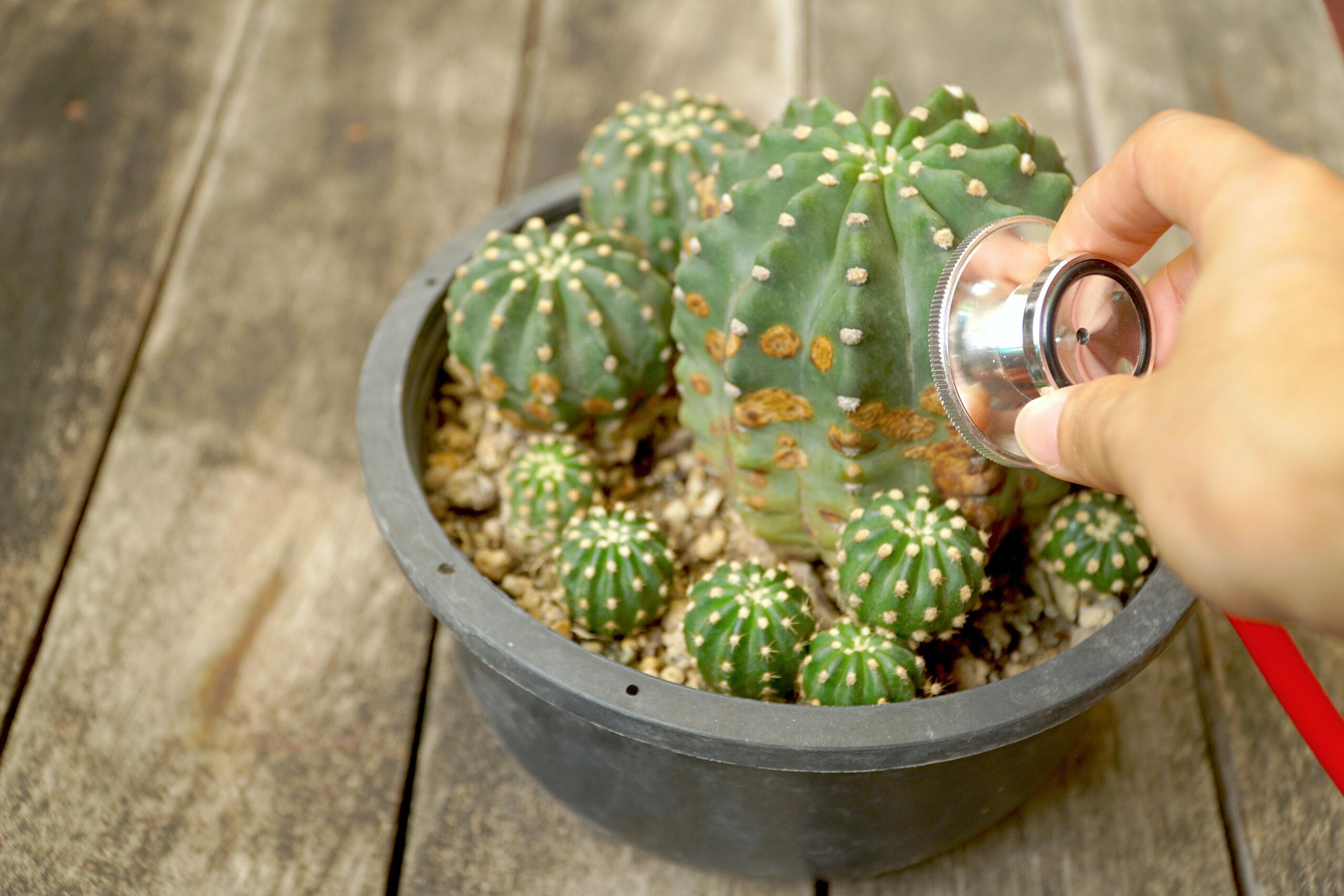Need some great ideas for late-summer planting?
Can it really be August? Argh! I’m still planting! Fact is, you should be, too! Sure it’s hot, but if you plant in the cool of the morning or evening (for your sake) and pay attention to your plants, giving them plenty of water, there’s no reason not to be adding to your garden now.
The temps are warm, but so is the soil!
The roots of plants can really kick into high gear when the soil around them is nice and warm.
There’s a saying about perennials: “The first year they sleep. The second year they creep. The third year they leap.” Planting now, with a good three months of growing temperatures still ahead, can go a long way toward that perennial’s “sleeping” phase. You may not see a lot of top growth this summer, but with appropriate light and water, the roots will be hard at work, getting a head start on next season.
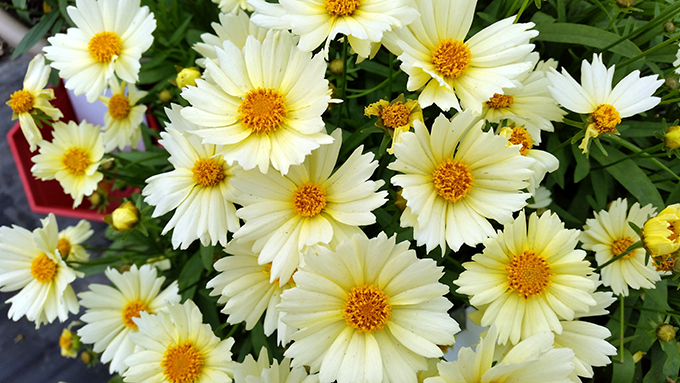
With so many perennials to choose from where do you start? Some of my personal favorites include several varieties of the always-cheerful Coreopsis, much loved by so many native bees. The yellow- and gold-colored coreopsis are especially good at offering a bright, bold statement that shows off from a distance.
Colorado’s Front Range is “purr-fect” for succulents and other drought tolerant plants like the sedums…. And the familiar “Hen and Chicks.” Tuck a little family of Mom and her babies up against a rock or landscape timber, and see if they don’t make you smile.
Roses love Colorado, and Tagawa’s loves roses!
If you can find big, beautiful roses this time of year, plant them! Fortunately, Tagawa’s routinely has lots of wonderful Colorado-friendly roses in August.
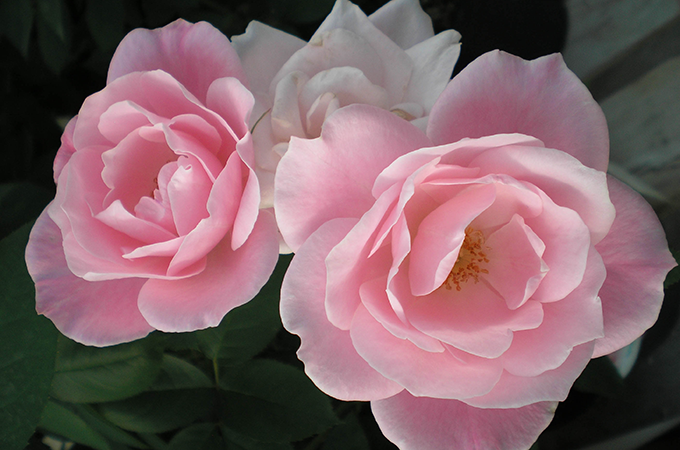
Just as with other things you plant now, you need to keep them well-watered. This is no time for guessing! Check the soil at the edge of the root ball with a moisture meter or your finger frequently so you know how much water the plant is using. Let the top couple of inches of soil dry out, then give the rose another good soaking. Make sure you’re giving your plants enough water to soak all the way down to the bottom of the root zone.
Easy, elegant ornamental grasses
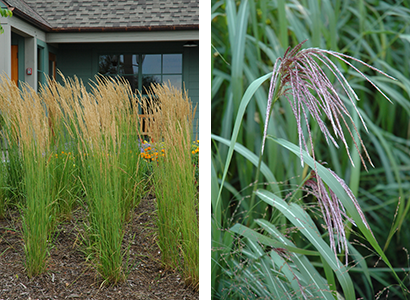 I never saw ornamental grasses grown in home gardens when I was growing up in Boulder. Now, thankfully, most gardeners understand that these plants belong in our gardens. I’ve come to think that a garden doesn’t quite look complete without at least a few ornamental grasses.
I never saw ornamental grasses grown in home gardens when I was growing up in Boulder. Now, thankfully, most gardeners understand that these plants belong in our gardens. I’ve come to think that a garden doesn’t quite look complete without at least a few ornamental grasses.
The grasses you see at Tagawa’s now (25% off during our sale) will already have the seed heads and the arching leaves that make them so interesting. Let the grasses be their tall, elegant selves through the winter. They’ll reward you with gentle movement every time the wind blows and will often look like beautiful winter arrangements when they catch a bit of snow.
Unless they break or get crushed by a heavy snow, don’t cut ornamental grasses back until late winter. Once you see green sprouts emerging from inside the thick clumps of grass, it’s time to prune, but not before! The Tagawa Perennials staff will be happy to guide you.
Trees and shrubs help hold our gardens together
Flowers are wonderful! They bring so much energy and life to our gardens. But think about it: It’s the trees and shrubs that do a lot of the “heavy lifting,” anchoring our yards and giving them a sense of place.
This is an excellent time to step back and take the long view in your landscape. Is there something missing? Could a beautiful flowering shrub help add beauty and color to a spot in your yard?
As a lot of us find ourselves gardening in smaller spaces, dwarf shrubs can be a great fit. Consider a Dwarf Korean Lilac. It has beautiful, fragrant lavender-pink flowers in late spring. Fully-grown, it’s only about four feet tall. Give it full sun and well-drained soil, and you’ll have one more reason to look forward to next May.
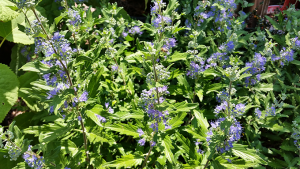 I have two blue Caryopteris just waiting for me to dig holes for their new home. (Caryopteris is also known as Blue Mist Spirea, but they are not actually in the spirea family) I’ll give them full sun and well-drained soil. Once their roots have established themselves, perhaps by the end of next summer, they should be relatively drought-tolerant.
I have two blue Caryopteris just waiting for me to dig holes for their new home. (Caryopteris is also known as Blue Mist Spirea, but they are not actually in the spirea family) I’ll give them full sun and well-drained soil. Once their roots have established themselves, perhaps by the end of next summer, they should be relatively drought-tolerant.
I can never get enough of that Caryopteris blue, and I’m in luck! They’re just coming into bloom now. The bees, butterflies and I all welcome their arrival!
Trees of all types are a great addition to the garden now, too. Fruit trees, conifers, shade trees of all types and sizes can routinely make any landscape more inviting.
Just as with the perennials, planting trees and shrubs now, while the soil is warm, gives them a big jump on next year. If you’d like to brush up on the best techniques for planting trees, shrubs or perennials, check out the links on our You Tube videos below.
Don’t forget the edibles!
Perennial fruits like grapes and raspberries are happy to go in the ground now. Both like full sun and a steady supply of moisture, but they are so worth the effort! My grandmother’s home-made jam made from raspberries she grew at her Boulder farm is one of my all-time favorite childhood memories.
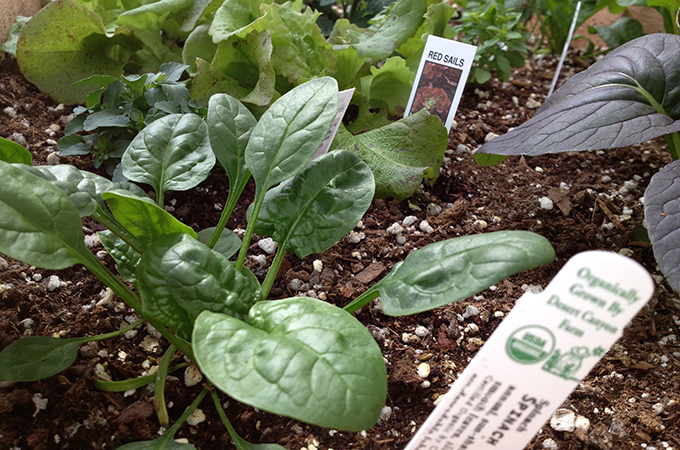
A lot of the vegetable seeds that we routinely start in late spring can be sown again in late summer, as the temperatures begin to drop. Beets, chard, kale, lettuce, peas, radishes, salad greens, stir-fry greens, scallions, and spinach can produce well for your “second season” veggie garden. Watch our video below about planting late summer/fall veggie gardens with our good friend Sheilia, a permaculturist and edible garden expert.
You can start the seeds in pots to create your own seedlings, or mix in some compost for water retention and sow them directly into your large containers or beds. But remember that if they get too dry, seeds just sprouting into tiny plants don’t wilt. They die. You may have to give those little sprouts a bit of water a couple times a day until the plants get some size. A light, one-inch mulch of straw, herbicide-free grass clippings or pine needles around the tiny plants (not over them) can help even out the soil temps and conserve moisture as your seeds are getting up and growing.
Think like a root!
When you water the things you plant in late summer, picture the roots. Get a sense of how deep they are and make sure you’re adding enough moisture to get down to the base of that root system. Check the water penetration with a water meter. For plants, and for people, when it’s hot out, little sips of water are not the answer. Go for big, deep drinks of water, and take satisfaction in the beautiful garden that lies ahead.
